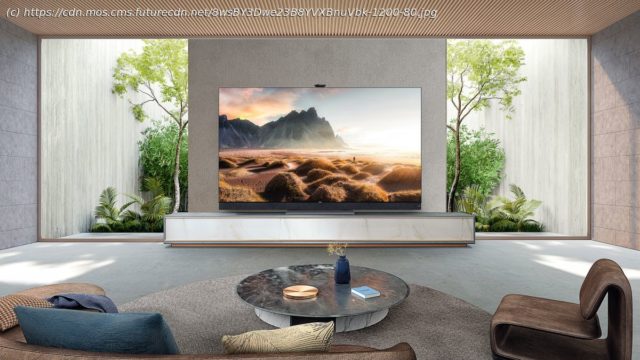Mini LED is at the fore of this year’s TV ranges, but what exactly is it, and why should you even care?
Mini LED is a term that describes the screen tech inside many of the best TVs of 2021. But it’s also increasingly cropping up in other devices, too, like Apple’s new MacBook Pro 14-inch (2021). So what is Mini LED? And, importantly, is it something you need to make sure you have in your next TV and laptop purchase? You’ll mostly find Mini LED tech in TV displays. These days, more major TV makers, including TCL, Philips, LG and Samsung all either have Mini LED TVs already available to buy or they’re building new models with this new backlight tech inside right now. Some brands have even combined Mini LED with other kinds of tech to create the latest and greatest TVs. For example, LG’s Mini LED TV range of ‚QNED‘ screens are now available worldwide. These TVs combine LG’s NanoCell LCD and Mini LED backlighting for the first time. It’s an exciting time for Mini LED tech and if you’re buying a new TV, it’s important to scrub up on your knowledge. But although you’ll find Mini LED in many of today’s new TVs, you’ll come across it in other devices with a screen, too. For example, Apple uses Mini LED tech in its all-new MacBook Pro 14-inch (2021) and its new iPad Pro. Rumors suggest it might also be used in the upcoming Nintendo Switch 2. Now Apple is actively adding Mini LED to its latest products, we can expect to see it in even more devices beyond TVs from other brands in the future. That’s where you’ll find Mini LED. But how does it work and what does it mean for your viewing experience? In the guide below, we’ll cover the technical details of Mini LED, as well as the big question: do you really need a Mini LED TV? Read on to find out whether this new TV tech is right for you and whether you should keep an eye out for it in your next laptop purchase, too. As the name suggests, Mini LED shrinks the LED modules that provide backlighting to LCD screens. LCD pixels can’t illuminate themselves – although OLED can – so they need a light source behind them that can shine light through. This is what creates the necessary brightness and color. Because of this extra layer of backlighting, the pixels in an LCD display can never be turned completely off. How does this impact your viewing experience? It’s best to compare it to an LCD screen. Blacks on an LCD screen don’t just lack the inky quality of their OLED equivalents, but if an LCD TV’s backlight is poorly implemented and controlled, there can be noticeable unevenness to the way the screen describes what should be uniform areas of black. A good example is if you imagine the end credits of most movies. There’s a black screen with white text scrolling up it. When you’re watching on an LCD TV, it’s normal to see a halo of light around the words, or to let its backlight show ‘bleed’ from the corners of the screen. The result is whatever should be black is now more of a cloudy grey.






